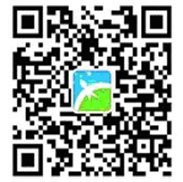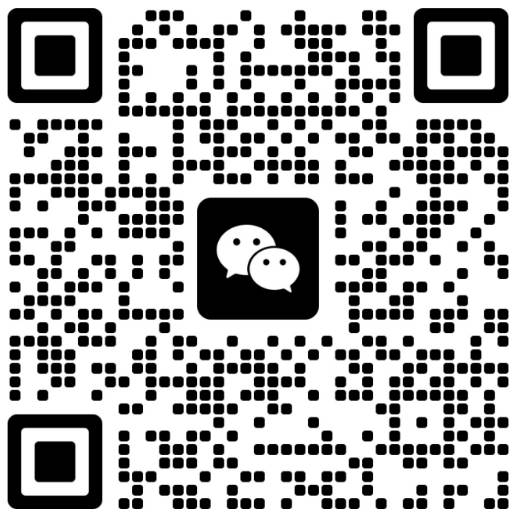This reading test contains 10 questions. You should spend about 20 minutes on this task.
To make it more authentic, download the test and do it with pen and paper.
Read the passage below and answer 10 questions.
Early Clocks
Humans have been trying, in various ways, to keep track of the passing of time for around 6000 years. This means, of course, that for the very long stretch of human history before this time, people didn’t have ways to divide the day other than the rising and the setting of the sun. It is thought that the ancient Sumerians may have been the first true time-keepers, but this is not clear as archaeological evidence is not sufficient. There is evidence, however, that the ancient Egyptians incorporated time-keeping as an aspect of their daily life over five thousand years ago.
The earliest type of clock, and the one which was used in ancient Egypt, was the sundial. As the name suggests, the sundial uses the sun to show the time. There were many different types of such clocks in use at that time, but it is one type, the obelisk, which has become most closely linked with ancient Egypt. An obelisk is a tall, narrow stone tower, built outside, which would cast a shadow on the ground in different places during different times of the day. As time progressed, obelisks became more complex, and markings around the base of the tower could indicate further time divisions.
Two centuries after obelisks were first used the Egyptians had expanded upon the idea and created more complex sundials. Sundials as we think of them today are flat stone objects with a long, narrow bar, called a gnomon, attached at the centre of the ‘face’, or surface of the stone. The sun would shine down on the gnomon and its shadow would fall on the face, indicating the time of day.
Water clocks were among the first clocks which didn’t depend on the sun or stars to keep time. The oldest one known dates back to 1500 BC, and water clocks or ‘clepsydras’ became popular in amongst the Greeks and Arabs a thousand years later. The Clepsydra (Greek for “water thief”) consisted of a reservoir for holding water, and a mechanism by which water would and steadily flow or drip into the reservoir. The rising level of the water would indicate how much time had passed since the dripping began.
The earliest water clocks were not very accurate, but as with the sundial, as time passed, water clocks became more mechanised and complex and they were increasingly outfitted with gadgets – some rang bells or gongs, some showed the movement of the planets, and some opened little windows to display statues or figures. Just before the turn of the century, the Greeks built what is called the “tower of winds”, a complex water clock showing time, seasons, wind direction, and much more. Around this time, water clock making took root in China, and after a thousand years of development, another famous clock, the eponymous Su Sung clock tower, was built. This tower clock was over 30 feet tall and contained a variety of mechanisms not only for telling time accurately, but for following the position of the stars and planets.
The history of the development of clocks continued in Europe, and starting a few hundred years after the building of the Su Sung, clocks were developed that kept time due to other natural phenomenon, mostly related to natural motion – the pulling of gravity, the swinging of pendulums, and finally, the released tension of coiled springs, a mechanism which, for the first time, allowed portable watches to become a reality.
Questions
Label the diagram below.
Choose NO MORE THAN THREE WORDS from the passage for each answer.
Classify the following features according to the type of clock:
A) Sundials
B) Water Clocks
C) Other kinds of clocks
Write the correct letter, A, B or C in boxes 7-10 on your answer sheet.
7) Developed in Europe after the Su Sung
8) Served purposes other than telling time
9) Were easily portable
10) Oldest recorded time-keeping device
参考答案
Answers
1) Obelisk
2) Sundial
3) Gnomon
4) Face
5) Water clock / Clepsydra
6) Reservoir
7) C
8) B
9) C
10) A








